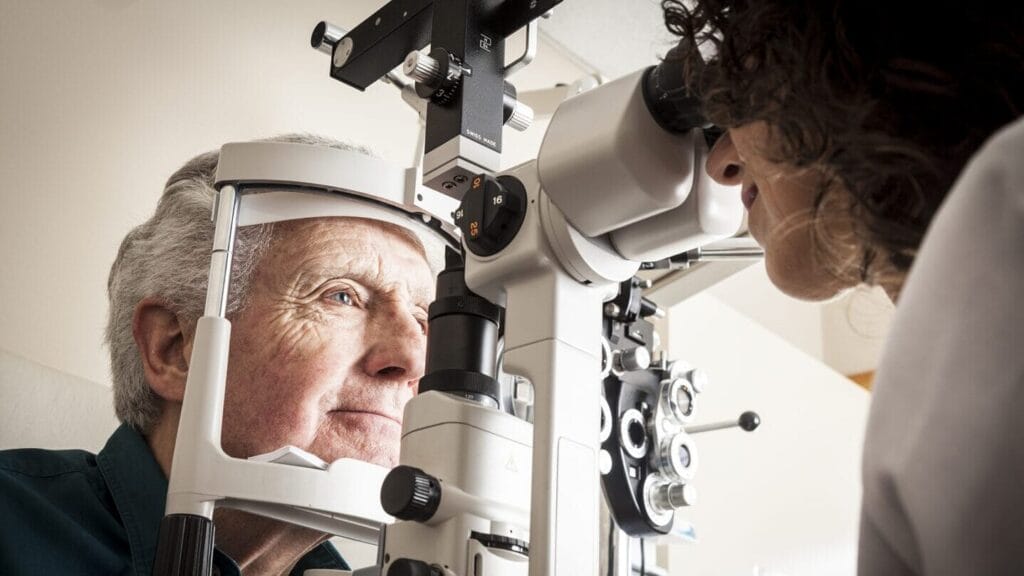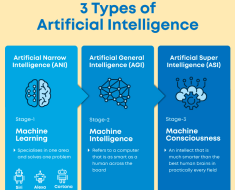
In the valley of the blind, the AI-ed man may be king: New research suggests that machine learning and artificial intelligence tools could be used to provide early detection for visual impairment in older adults.
The advanced pattern-detection capabilities of AI are allowing for new insights into how diseases form and can identify the onset of conditions at ever-more granular levels.
One recent study was able to analyze deposits in the eye at the molecular level and begin establishing how such disease-causing deposits first begin forming.
Approximately two-thirds of nursing home residents may have some form of age-related macular degeneration, or AMD, with 23% of those seniors being fully blind, data show.
The ability to catch visual decline relatively early on is important for older adults and their caregivers, because the more advanced AMD becomes, the more costly and complicated treatment options grow, one story notes.
Poor eyesight contributes to some of the biggest long-term care concerns, such as lower quality of life and falling risks, studies show.
In addition, AMD and visual impairment could be linked to higher risk for dementia, the McKnight’s Clinical Daily reported last year.
Due to the highly specialized nature of the research, the immediate application of the study can be difficult to see. The focus was on lesser-studied “subretinal drusenoid deposits,” or SDDs, a category of tissue whose link to blindness has only recently been established, the researchers said.
Nevertheless, the machine learning tool, combined with mass spectrometry, was able to evaluate the build-up of SDDs in extremely thin retinal samples, one story explained.
The analysis not only can be used to identify visual impairment at an earlier stage than before; it provided new insights into how SDDs are actually formed, the researchers said.
“These examples demonstrate that automation in this manner can be utilized not only for confirmation and exhaustive assessment,” the study authors noted, “but also for generation of new hypotheses and guidance for targeted downstream analysis.”



